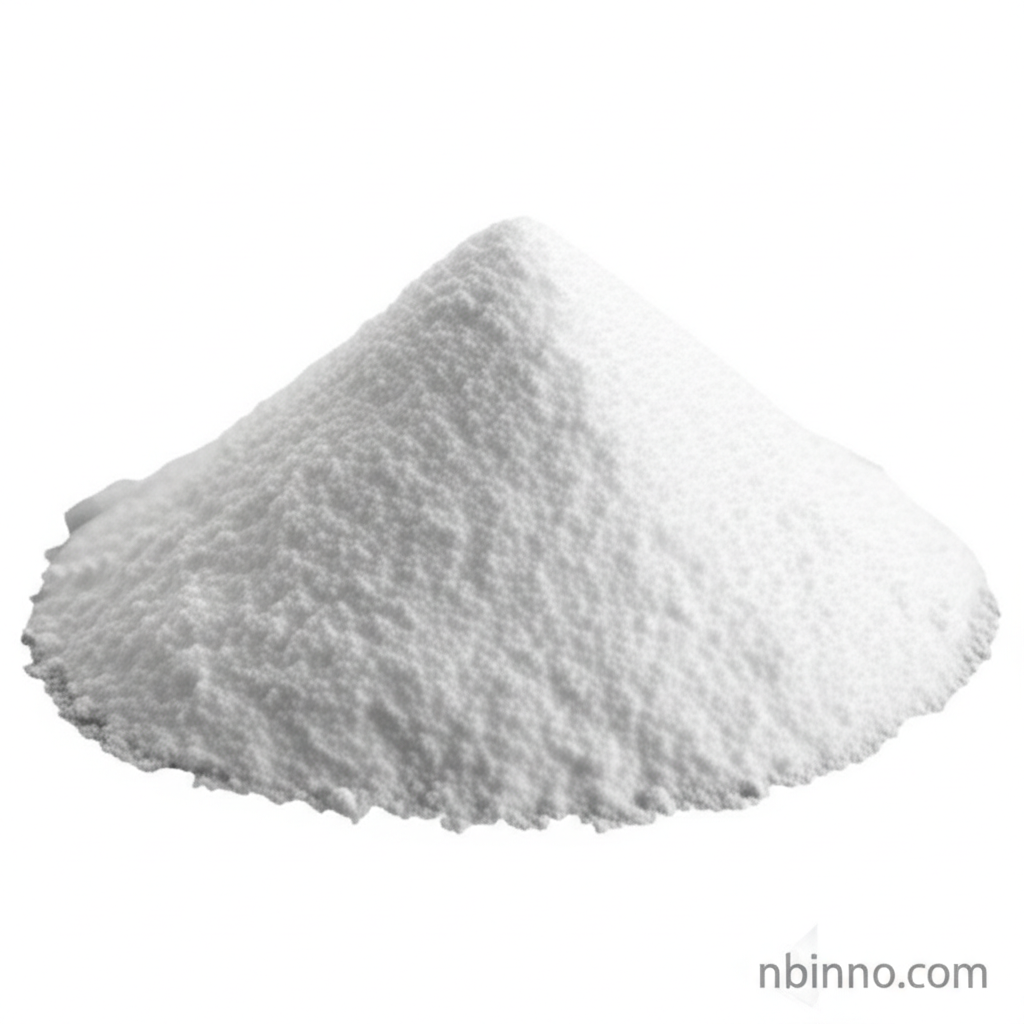Green Synthesis of 2,4-Thiazolidinedione Derivatives: Advancements in Lipoxygenase Inhibition and QSAR Studies
Exploring novel green synthesis pathways for potent thiazolidinedione derivatives with significant biological activities.
Get a Quote & SampleProduct Core Value

2,4-Thiazolidinedione
This research focuses on the efficient and environmentally friendly synthesis of 2,4-Thiazolidinedione derivatives using deep eutectic solvents. These compounds are investigated for their potential as lipoxygenase inhibitors and antioxidants, leveraging QSAR and molecular docking for structure-activity relationship analysis.
- Discovering green synthesis of thiazolidinedione derivatives using sustainable deep eutectic solvents, minimizing environmental impact.
- Investigating the lipoxygenase inhibition thiazolidinedione potential of synthesized compounds, identifying promising candidates for further development.
- Applying QSAR thiazolidinedione derivatives studies to understand structural determinants for biological activity.
- Utilizing molecular docking soybean LOX-3 interactions to elucidate the binding mechanisms and optimize inhibitory potential.
Advantages Offered
Environmental Sustainability
The employment of deep eutectic solvents represents a significant advancement in green chemistry, offering a more sustainable alternative to traditional synthesis methods.
Potent Bioactivity
Several synthesized derivatives exhibit notable antioxidant activity thiazolidinedione and effective lipid peroxidation inhibition thiazolidinedione, suggesting therapeutic promise.
Advanced Computational Insights
The integration of QSAR thiazolidinedione derivatives and molecular docking soybean LOX-3 provides deep insights into how structural modifications influence biological outcomes.
Key Applications
Pharmaceutical Research
Exploring these derivatives for their potential as novel therapeutic agents, particularly in targeting inflammatory and oxidative stress-related diseases.
Green Chemical Synthesis
Providing a model for developing more sustainable and efficient synthetic routes for valuable chemical intermediates and compounds.
Biochemical Assays
Utilizing these compounds in biochemical assays to study enzyme mechanisms and develop new analytical tools for biological processes.
Drug Discovery and Development
Serving as a foundation for further drug discovery efforts by understanding the structure-activity relationships and optimizing molecular design for enhanced efficacy.
